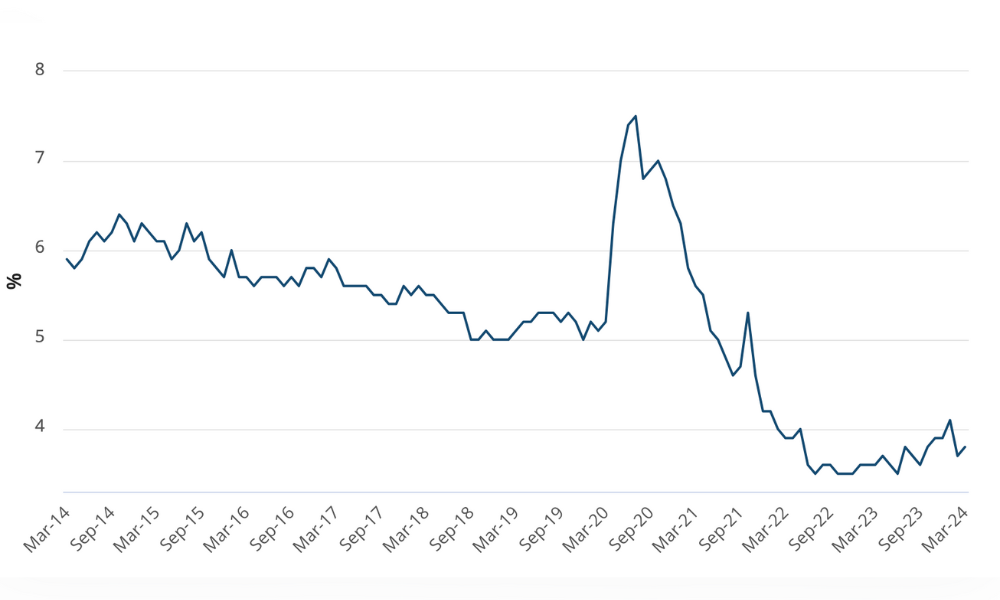Patrick says an employee lockout is a viable option if the union doesn’t cooperate.
Stevedoring giant Patrick is locked in an industrial relations battle with port workers, after an overwhelming majority of employees voted to reject the company’s pay offer.
Patrick says it is considering locking out workers from its ports if further industrial action is taken, although it hopes to negotiate with workers and the union.
98 per cent of the 827 workers who took part in the vote, which was run independently of the Maritime Union of Australia (MUA) through Elections Australia, opted against a 9 per cent pay rise over four years, Patrick said.
Patrick executive Alex Badenoch said the vote was disappointing, but not unexpected.
"Our hope had been that the confidential vote might enable more of our employees to find their voice on this issue," she said.
While Patrick says arbitration is the best way to deal with the impasse going forward, a lockout is a viable option if the union doesn’t cooperate.
"If further industrial action is initiated, a lockout of the workforce becomes a more probable measure, rather than a mere possibility," Badenoch said.
He said it had been hoped that by using independent pollster Elections Australia, more workers might have voted in favour of the new Enterprise Agreement and helped put an end to the protracted negotiations.
“We considered it to be critically important to give our people a say in whether or not to accept our offer to bring this needless and increasingly damaging dispute to a close,” Badenoch said in a statement.
“Our hope had been that the confidential vote might enable more our employees to find their voice on this issue,”
“Our people have given an emphatic no to our proposal, a fact that is extremely disappointing but not unexpected given the MUA’s longstanding and thoroughly unproductive influence."
However, she says the vote marked a first for the Australian waterfront.
“It suggests a brighter future is possible where a company like ours can routinely engage our employees directly about matters critical to the futures of both, openly and transparently,” Badenoch said.
“For the present we remain stuck in a needlessly adversarial industrial relations environment that deems it acceptable for employers and employees to butt heads to their mutual detriment over matters critical to both every few years.”
What exactly did employees say no to?
An average increase of 2.25%, with a cumulative pay rise of 9 per cent over four years to an average $174,550.
Terminal Existing Average Pay Average pay after a 9 per cent pay rise
Port Botany: $170,730 $186,000
Fremantle: $166,939 $181,200
Melbourne: $159,372 $174,000
Brisbane: $144,012 $157,000
Note: Figures represent the average total earnings inclusive of Salary, Bonus, Super and Overtime.
Badenoch says the company will hold firm on its offer and refuses to reinstate employee back pay lost from strike action.
“We have spent 45 days over more than a year negotiating in good faith, ultimately without success, despite the vast majority of claims being settled,” Badenoch says.
“The few unresolved claims are not negotiable.”
She said the company would be carefully considering our next steps and a lockout of the workforce was likely to happen if the matter was not resolved.
“This is not a path that we want, however the legal and industrial framework provides little option for employers negotiating with unions who are unable or unwilling to make pragmatic and principled arrangements with employers.”





